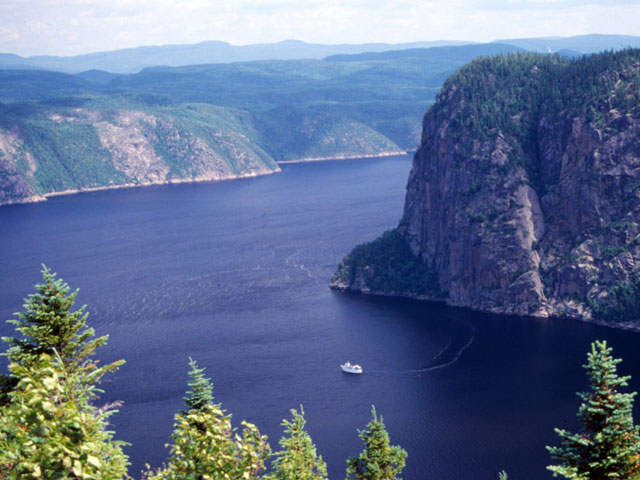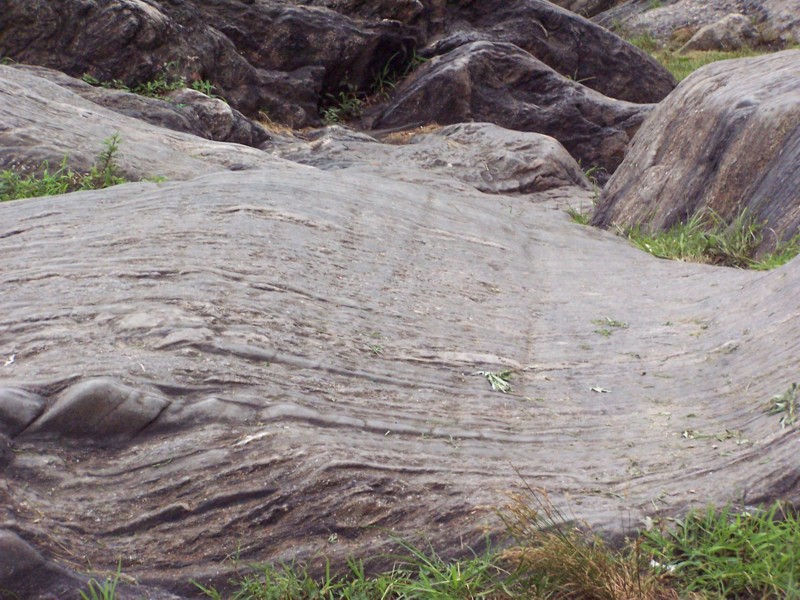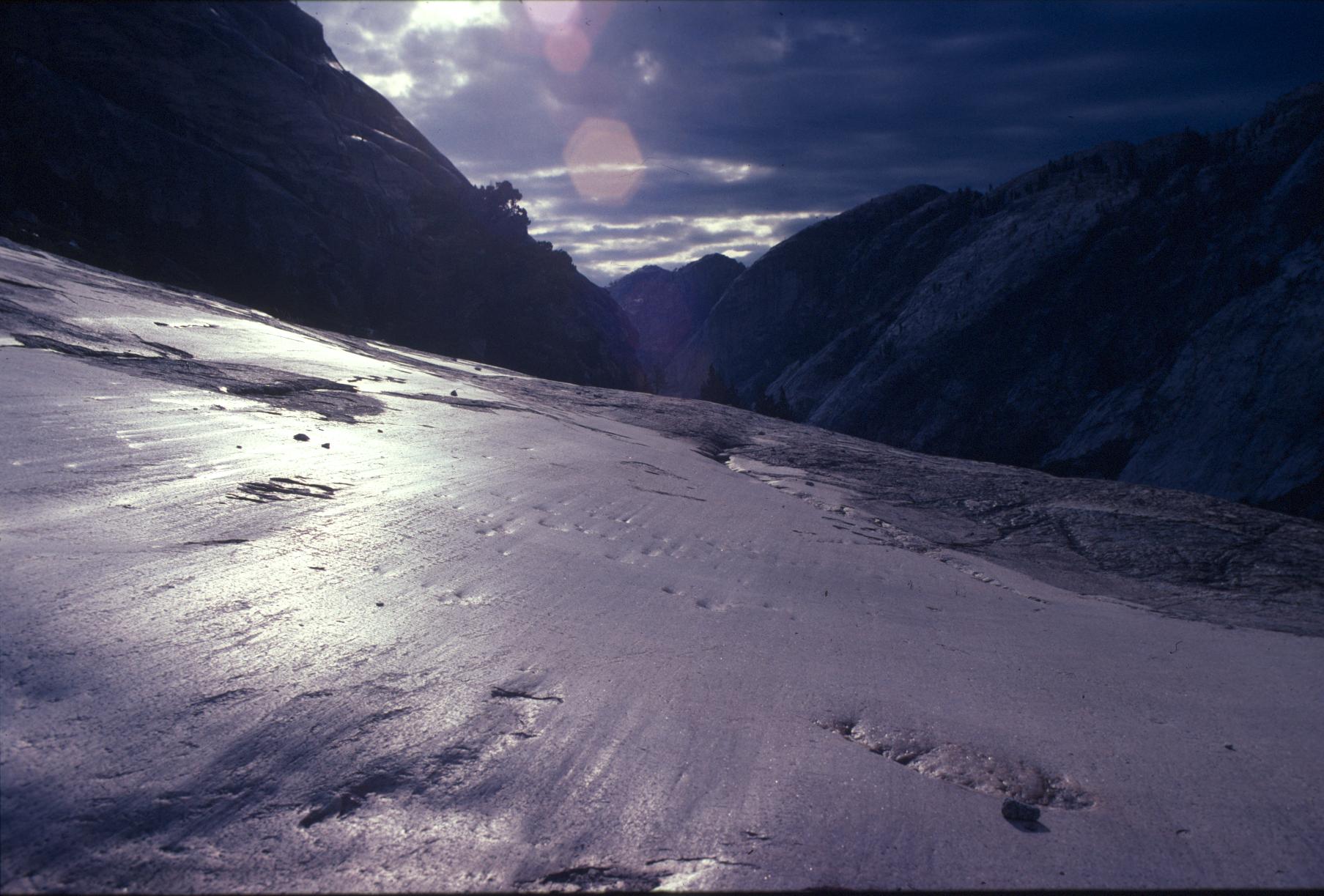Glacial Erosion
The rate of glacial erosion varies depending on important factors like the thickness of the ice, the velocity of movement, the type of rock fragments contained in the ice, etc.
Glacial valley erosion
A typical mountain valley has a "V" shape that is produced by erosion from water. If these mountain valleys become glaciated, they get deeper and wider forming a "U" shaped valley. Glaciers can erode their valleys more than their smaller tributary glaciers. When the glaciers recede, the tributary glacier valleys are above the main glacier's depression, forming a hanging valley. Glaciers that have receded also form fjords, long narrow bays with steep valley sides.
Hanging Valley
http://www.cygnusx1.ca/uploaded_images/milford-sound-702224.jpg
Erosion by Movement:
Basal sliding erodes the surfaces underneath a glacier. Pieces of bedrock can be pried loose and become part of the glacier as it moves. These rock fragments grind up against the bedrock underneath. Rocks that become embedded in the ice scratch deep grooves in the bedrock. These grooves are called striations and indicate the direction of the glacial flow. Fine grained material that travels with the glacier smooths the surface of the rocks, referred to as glacial polish.
Glacial Striations
http://www.geo.sunysb.edu/lig/Field_Trips/field-trip-6-04/closeupofglacialstriations&troughUmpireRock.jpg
Glacial Polish
http://faculty.gg.uwyo.edu/neil/glaciology/photos/glacial_polish.JPG



